Indian textile exporters are pivoting towards European markets and offering price discounts to retain American buyers as steep U.S. tariffs threaten their margins, according to industry executives.US President Donald Trump’s administration in August doubled import tariffs on Indian goods raising duties to as high as 50% in one of the most severe trade actions against any of Washington’s partners. The move has hit a wide range of Indian exports, including garments, jewellery, and seafood.A Mumbai-based garment exporter, requesting anonymity as new contracts are under negotiation, reportedly stated his company is prioritising diversification into the European Union market. “An early trade agreement with the EU would be a lifeline for us,” he said, noting that progress in talks between India and the bloc could open up significant opportunities for textile exporters.
Trade negotiations between India and the EU have reached a decisive phase, with both sides aiming to conclude a free trade agreement by the end of this year. The EU is already India’s largest trading partner for goods, with bilateral trade totaling $137.5 billion in the fiscal year ending March 2024 a surge of nearly 90% over the past decade.To strengthen their presence in Europe, exporters are investing in facility upgrades and compliance systems to meet the EU’s stricter standards on chemical usage, product labeling, and ethical sourcing. “Exporters are upgrading production facilities to align with European sustainability norms,” said Rahul Mehta, chief mentor of the Clothing Manufacturers Association of India. “The focus now is also on reducing dependence on the U.S. market.”The United States accounted for nearly 29% of India’s total textile and apparel exports valued at about $38 billion in FY25, making it India’s single largest destination for these goods,according to information.
Some exporters are slashing prices to keep American buyers from switching suppliers. “We’ve started offering discounts to our U.S. customers to remain competitive,” said Vijay Kumar Agarwal, chairman of Mumbai-based Creative Group, which ships nearly 89% of its production to the U.S. “If the tariff pressure continues, we could lose around 6,000 to 7,000 workers out of 15,000. In that case, shifting production to Oman or Bangladesh within six months may be our only option.”With mounting tariff challenges and shifting trade dynamics, India’s textile industry is accelerating its diversification push, seeking stability and growth in European markets while bracing for uncertainty in the United States.
(Business Correspondent)
.jpg)
 Ira Singh
Ira Singh 
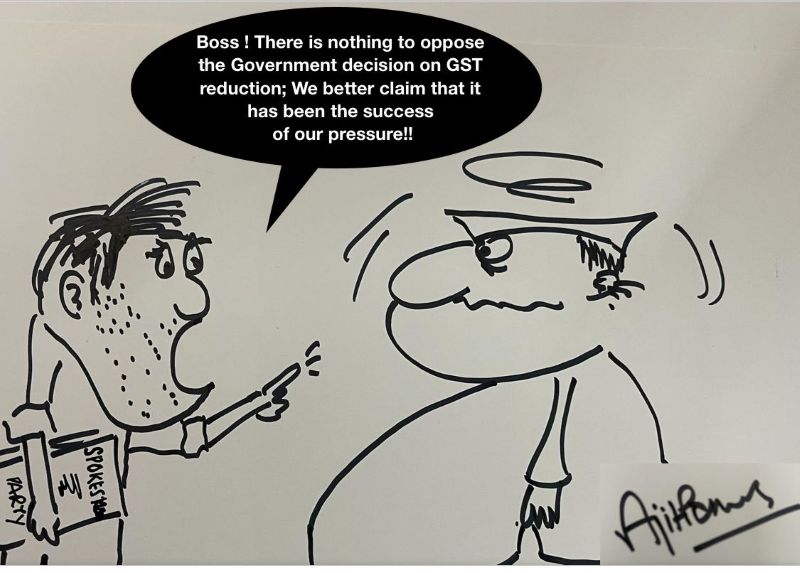
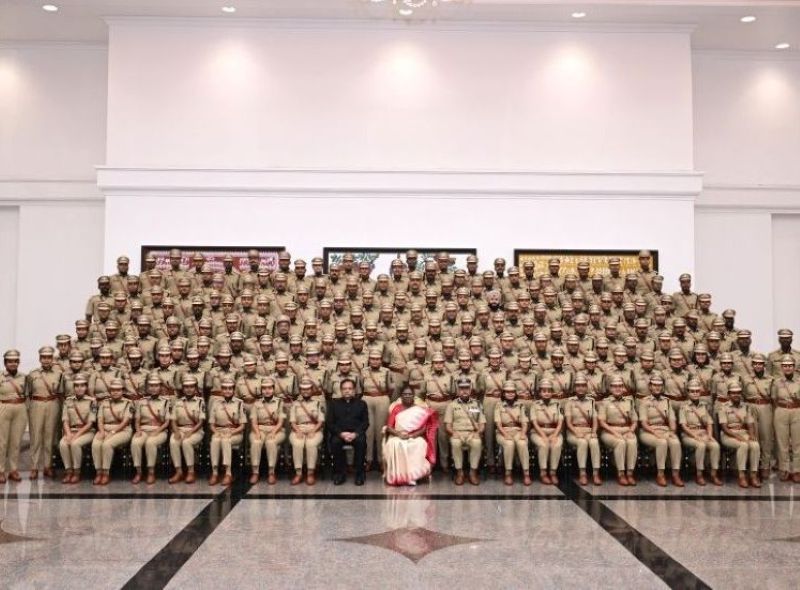
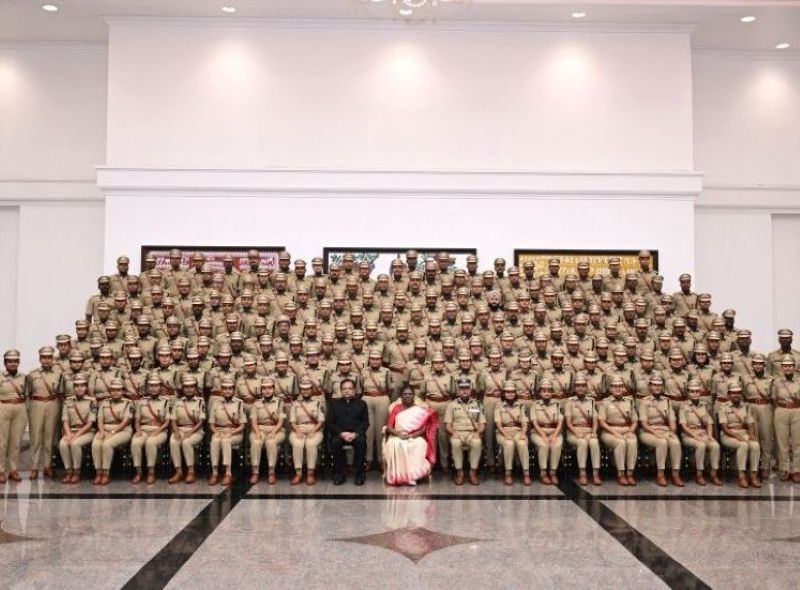
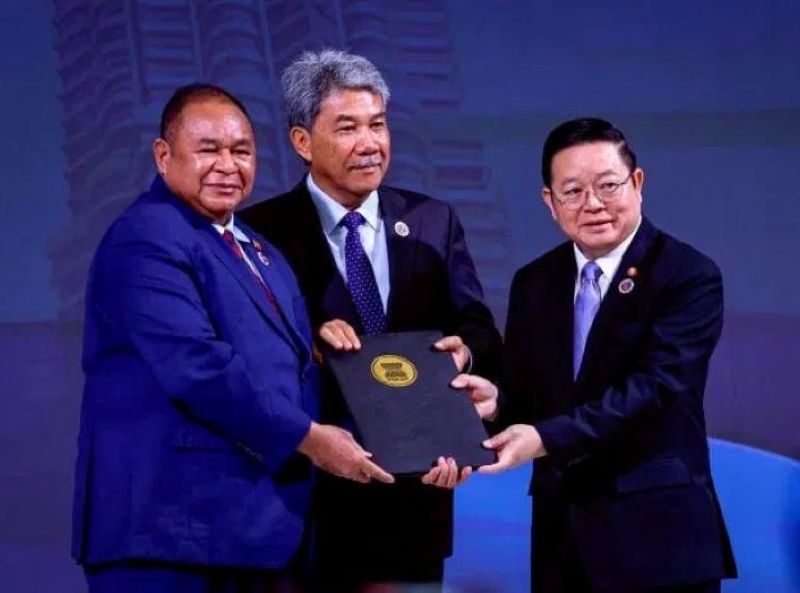
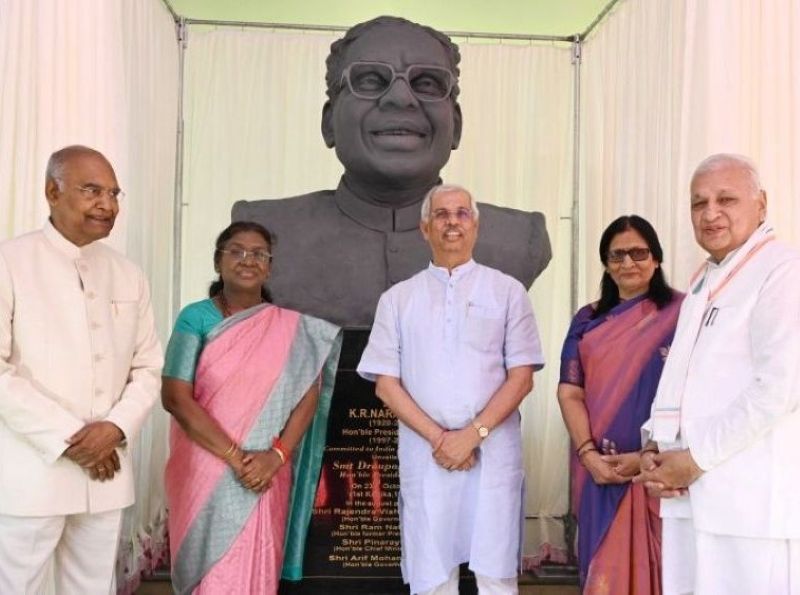




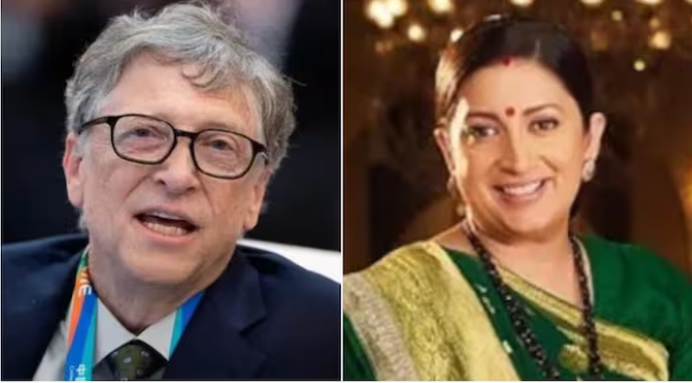


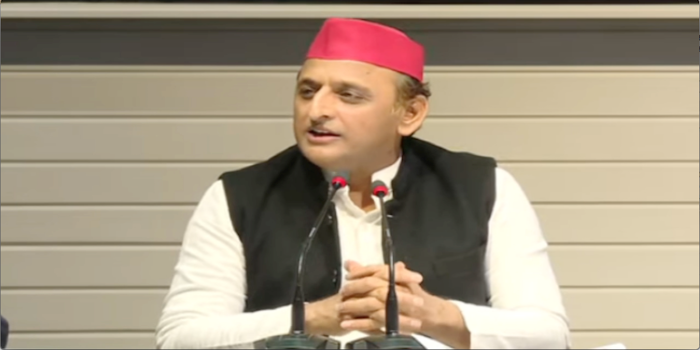

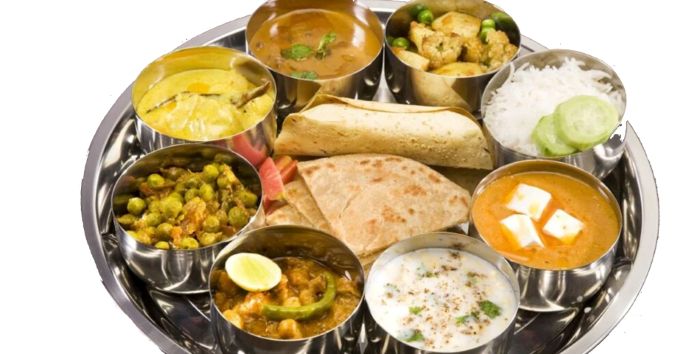


Related Items
India slams Pakistan over border tensions with Afghanistan
India, China agree to maintain peace, stability along LAC in Ladakh
Canada: Bishnoi gang claims killing of India origin Industrialist